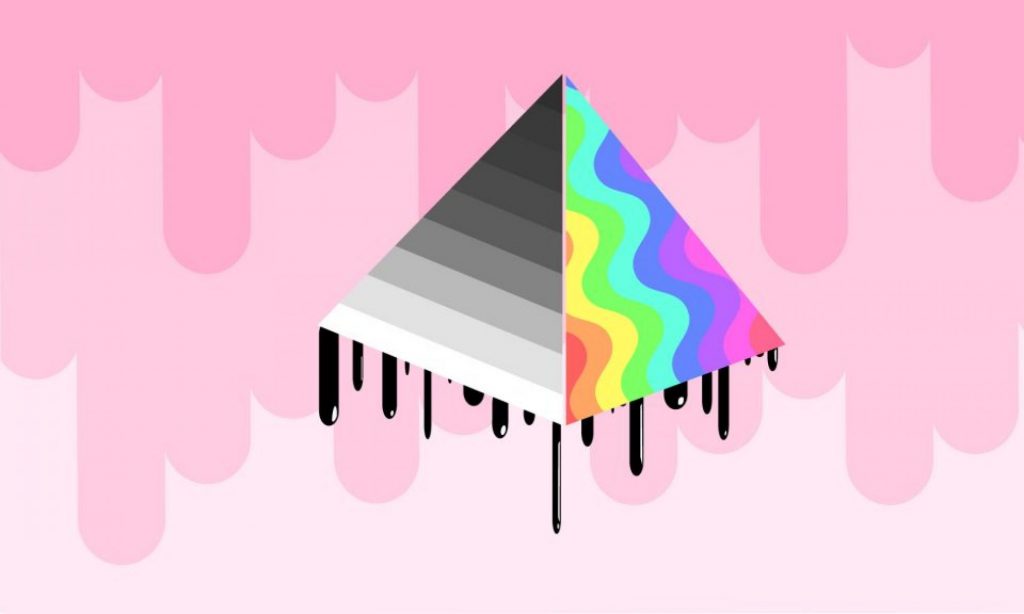On set – VFX Supervisor

The VFX Supervisor is responsible for the whole VFX project in it’s entirety. They manage all the VFX Artists in a process and are responsible for all VFX elements that are produced. While a CG Supervisor supervisors the whole CG Team, the VFX Supervisor is present on set during production to oversee the production and voice any VFX Concerns that may occur, working with both the Producers and Directors to mitigate problems in VFX Before they happen to save time prior in post production. VFX Supervisors are also responsible for deciding on what VFX Is needed for a shot, or if the shot can be done practically by other means such as special effects.
Due to a VFX Supervisor being both involved on set and being the go between for the VFX Studio and the producers / directors on set, a VFX Supervisor needs to know at least the fundamentals of production work on set such as lighting, camera basics, cinematography and on set experience combined to provide the people they are working with the knowledge to make accurate decisions about the visual effects needed for a film or shot. VFX Supervisors should be excellent at communication and leadership, and have knowledge of the VFX Pipeline and how it works. A VFX Supervisor’s average salary is around 29,339 pounds per year.
Sources: Role Info: https://www.screenskills.com/job-profiles/browse/visual-effects-vfx/on-set/vfx-supervisor/ More role info: https://www.productionbase.co.uk/blog/2019/10/14/become-vfx-supervisor/ Salary Info: https://www.glassdoor.co.uk/Salaries/vfx-supervisor-salary-SRCH_KO0,14.htm
On set – Data Capture Technician

A Data Capture technician’s work is primarily based around collecting all information for a VFX Shot to work properly. This data would include things like the lens used, focal length, filters, focus and colour temperature, which usually show up in a camera’s metadata, however a Data capture or data wrangler will also record things like camera height, distances from cameras to actor and anything that will help in the translation of the camera and set into a 3D Space by the CG Department for creating accurate environments and camera angles for a VFX Shot. An example would be measuring the distance between an actor and the camera and then using those measurements in Maya to create a realistic depth between the virtual camera and a CG Element.

A Data Capture Technician should be extremely well organized for delivery of data and files to a VFX Studio, have on set experience and knowledge of how a production set operates, and be good at communication with crew members to get accurate measurements. The average salary of a data capture technician is around 27,277 pounds per year.
Sources: Role Info: https://www.screenskills.com/job-profiles/browse/visual-effects-vfx/on-set/data-capture-technician/ More Role Info: https://jobs.smartrecruiters.com/Technicolor/743999762486297-data-capture-on-set Salary Info: https://www.glassdoor.co.uk/Salaries/data-capture-technician-salary-SRCH_KO0,23.htm
Compositing – Compositor

A compositor’s job is to take everything created together from the CG Department and finalize the picture or frame. A compositor overlays CG Footage onto live action and uses a combination of matte painting and other tools to achieve a proper finalized result. For example if we had a green screen footage of a girl that was needing to interact with a CG character in a scene, a Compositor would create a Chroma Key to remove the green colour from behind the actor, and go about tweaking the cut out or alpha of the character to make them into a single layer. The compositor would then go about using colour and lighting effects to make this layer look like it’s in the live action footage, and do the same with the CG Element that has been rendered out to them via the CG Department.
Compositing can be used in both film and television, as well as used in advertisements. The software involved can vary, though the primary softwares that are used are Nuke, photoshop and after effects, Shake, Maya, Flame and BlackMagic Fusion. A compositor must have an immaculate attention to detail to accurately combine multiple pieces of media together to create a realistic and cohesive final picture. A good way to think about it are that compositors are the professional photoshoppers of the VFX world. The average salary for a compositor is around 52,347 pounds a year.
Sources: Role Info: https://www.screenskills.com/job-profiles/browse/visual-effects-vfx/compositing/compositor-visual-effects-vfx/ More Role Info: https://www.cgspectrum.com/career-pathways/compositor Salary Info: https://www.glassdoor.co.uk/Salaries/london-compositor-salary-SRCH_IL.0,6_IM1035_KO7,17.htm
Compositing – Compositing Supervisor

If CG Supervisors are meant to oversee all of the CG Elements to completion, a compositing supervisor is essentially a similar role in which a Compositing Supervisor will do quality checks of each shot, make sure the colour is maintained and have continuity, and organising all other compositors, assigning them shots and making sure shots get done on time. It’s specified that they also work on shots if needed sometimes, and in my previous work place, this was the case especially with very difficult shots, where other compositors would work on easier shots while the compositing supervisor would both help artists with issues on shots and tackle the harder shots that needed a more experienced artist’s hand.
A Compositing Supervisor will need all the skills of a Compositor as well as all the knowledge of these programs, plus a fundamental knowledge of CG And 3D Work. A Compositing Supervisor also needs to be a very good leader and communicator, as well as a good planner and problem solver to make sure shots are done on time and come up with solutions to difficult problems on shots. A compositing supervisor will also need to be good under pressure and have a lot of experience in compositing obviously. The average salary of a Compositing supervisor is around 55,389 pounds per year.
Sources: Role Info: https://www.screenskills.com/job-profiles/browse/visual-effects-vfx/compositing/compositing-supervisor/ More Role Info: https://jobs.jobvite.com/double-negative-visual-effects/job/o9Sv7fwn Salary info: https://www.glassdoor.co.uk/Salaries/london-compositing-supervisor-salary-SRCH_IL.0,6_IM1035_KO7,29.htm
